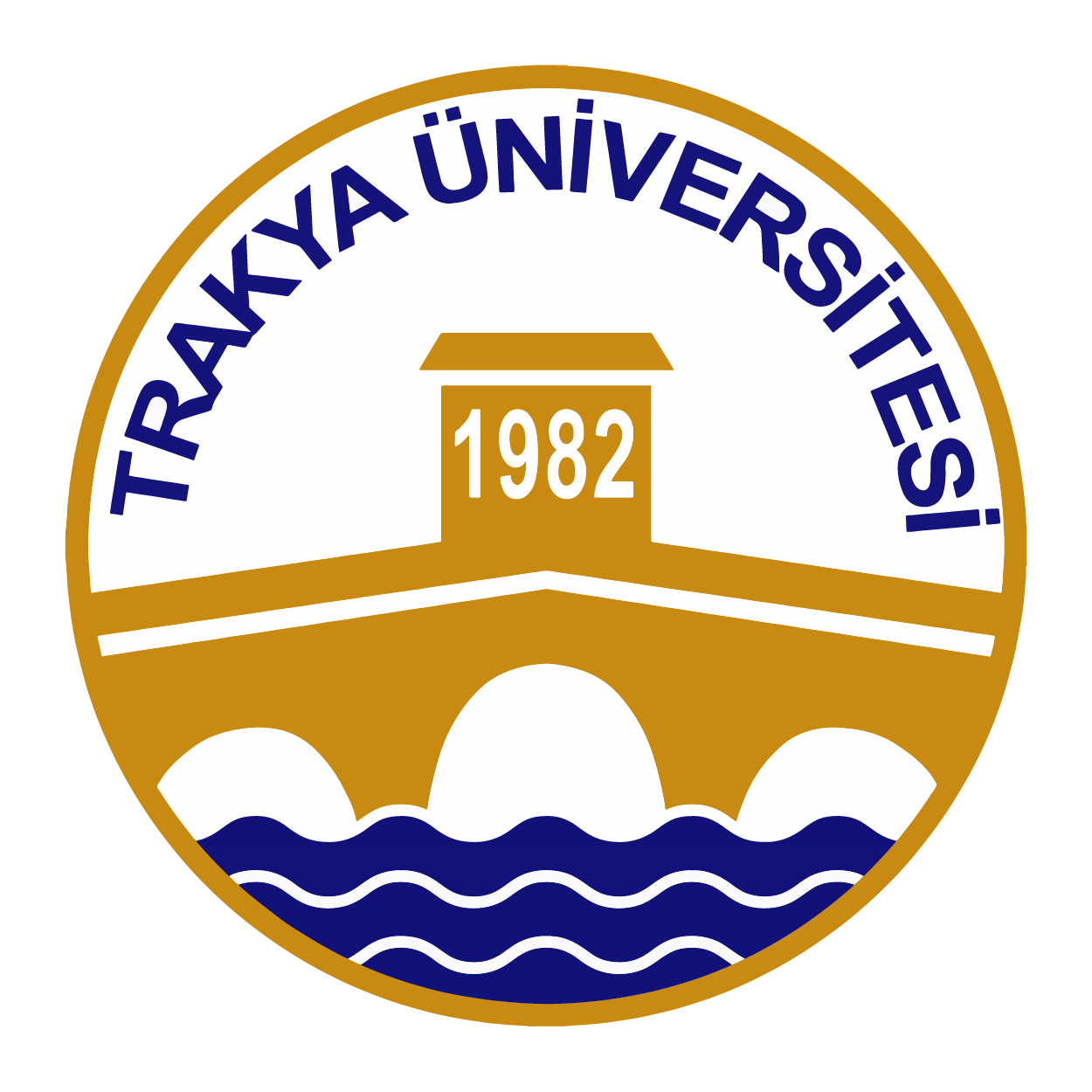Abstract
Polychlorinated biphenyls (PCBs) are industrial substances which were widely used in industrial applications starting from the 1930s until the mid-1970s. Aroclor 1242 (A1242) is a commercial PCB mixture with 42% chlorine manufactured by the Monsanto Chemical Company in St. Louis, Missouri, USA. Previous studies suggested that PCBs have inhibitory effect on reproductive function, developmental abnormality, and impaired reproductive ability. PCBs may also affect the endocrine system by reducing the testosterone synthesis and the activity of steroidogenic enzymes in Leydig cells. This study was performed to investigate the specific effects of A1242 on the via-bility of Leydig cells, oxidative damage, and the profile of steroidogenic enzymes in an in vitro culture. The therapeutic effects of vitamin E (VitE) and genistein (Gen), as two antioxidants, in mitigating the damage produced by A1242 were also evaluated. TM3 Leydig cells were exposed to 10-8 and 10-6 M of A1242 and VitE (50µM) and Gen (10µM) as antioxidant for 24 h. After the exposure period, the Leydig cells were assessed to determine their viability using a cell viability assay. Measurements were performed for lipid peroxidation, reactive oxygen species (ROS), and steroidogenic enzymes. The results showed that cell viability was reduced after A1242 exposure, while lipid peroxidation and ROS increased. Steroidogenesis was interrupted in a concentration-dependent manner. Following A1242 exposure, administrations of VitE or Gen as an antioxidant reduced hazardous effects of A1242 on Leydig cells. Our results showed that exposure to A1242 may impair Leydig cell function and cause toxicity in Leydig cells and that VitE and Gen treatment exhibited therapeutic effects against this toxicity.



